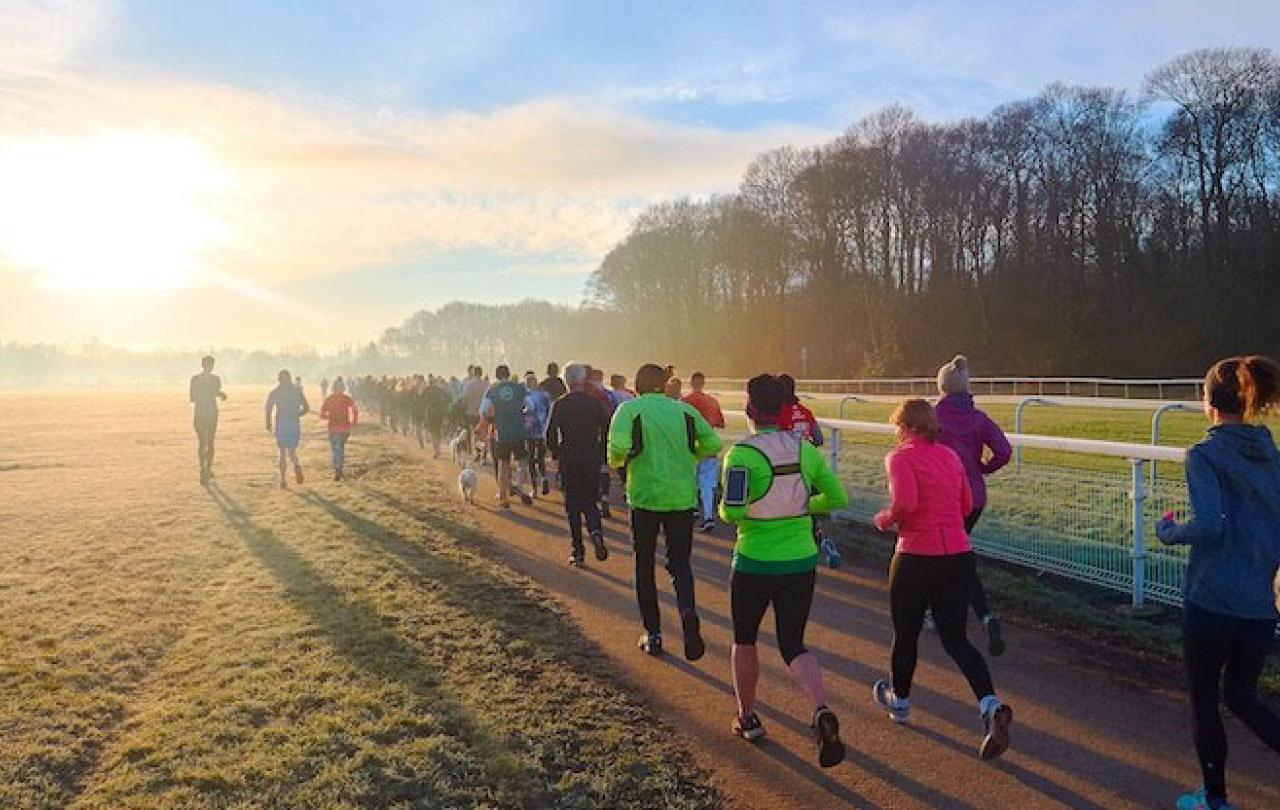
There has been a surge among Millennials (myself included) in running. After watching the London Marathon this year, a record 840,318 people entered the ballot for 2025. The encouragement, stories and social media increase in ‘running-Tok’ may have been behind this, but I think it says something more profound about society's sudden interest in running.
I started running back in 2019. It provided a space to get outside, clear my head and improve my fitness. It was a hobby, turned interested, turned key personality trait as it became easy for me to converse with people about whether you were a Hoka or On shoe wearer. But my running only really improved when I began to run with people. Quietly competitive, I like being able to mark my pace against those around me. In 2023, I signed up for my first half-marathon, leading me to simultaneously sign up for “Park Run”. Park Run is a free community event that takes place around the UK. At my local park run, an average of 1,500 people turn up each Saturday to run five kilometres around our local park, rain or shine. I was amazed to see people week-in-week-out turning up to run together. This weekly ritual provides a space for connection, community, and, for some, their sense of identity. The hard decision to wake up early on a Saturday morning to make my way to the start line gets replaced by the endorphins of participating in this run with others. There is power in running with others.
But running with people makes it easier to stay the course, run for longer, and keep going to the end.
A recent article in The Atlantic observes the social change that has occurred as the number of people attending church declines. The author noticed that the Church didn’t only provide a space for worship and an opportunity to connect with the divine, but also a narrative of identity, community, and ritual to our weekly rhythm. As the framework of the church is removed from society, we see an increase in isolation and disconnection. As church attendance declines, applications to run 26.2 miles increase!
Spaces like Park Run provide this sense of community and connection that is becoming harder to find in our increasingly digital and disconnected world. A surge in race partipcation speaks of a culture longing for community, connection and identity. A common characteristic trait for millennials is their desire to develop and find meaningful motivation in their goals and what they want to achieve. Gathering with those with similar interests or goals brings out the best in what we can achieve and teaches us about the power of doing things together.
When running on my own, I am always tempted to cut the run short, change my route, and, let’s be honest, go and get a coffee. But running with people makes it easier to stay the course, run for longer, and keep going to the end.
Societies’ need for connection and community is stronger than ever. When St Paul’ wrote to an early church, he frequently used the metaphor of running a race with a goal in mind. The power of the crowd in a race is tangible, both from those cheering you on and those with whom you are running. It is easier to run for longer when I run with people and am encouraged to keep going. As someone who attends church, I can see how it upholds a place in my Christian faith that I don’t succumb to cutting it short or ducking out, as can often be the temptation when I run alone.
A record number of applications to run the 2025 London Marathon speaks of how we all seek community, connection and identity. Park Run on a Saturday and Church on Sunday have more in common than perhaps I initially realised. They each provide a space for community and connection, but each has its own goal and focus on identity. Although the goals are different, the underlying principle is the same: it is better to run with people because there is power in running together.

